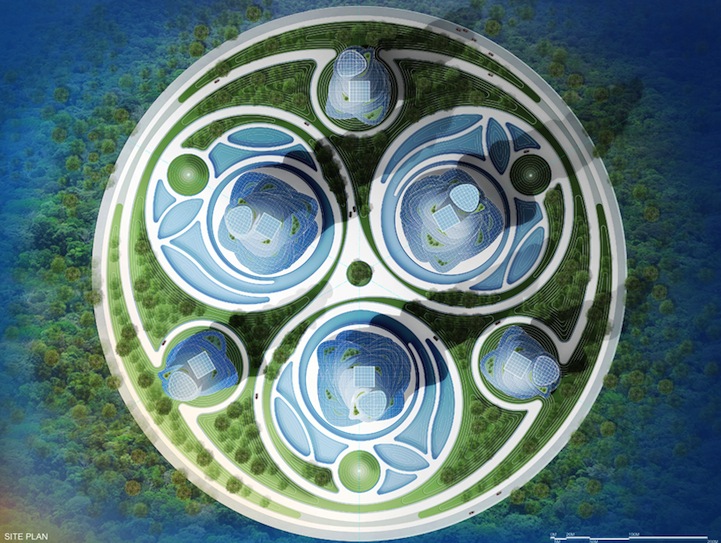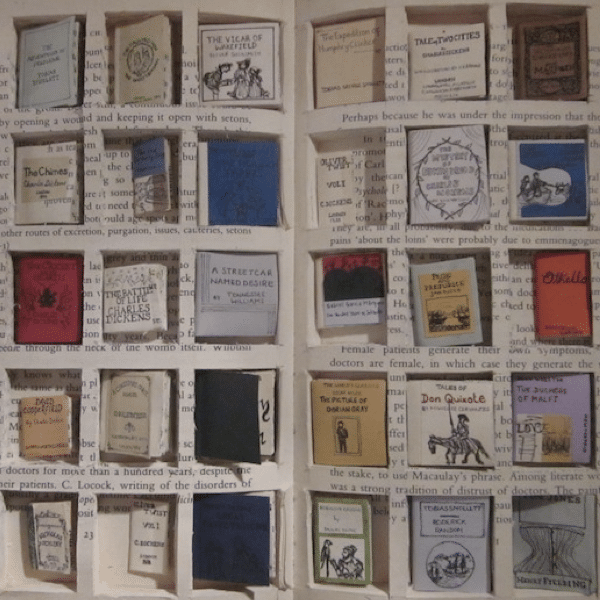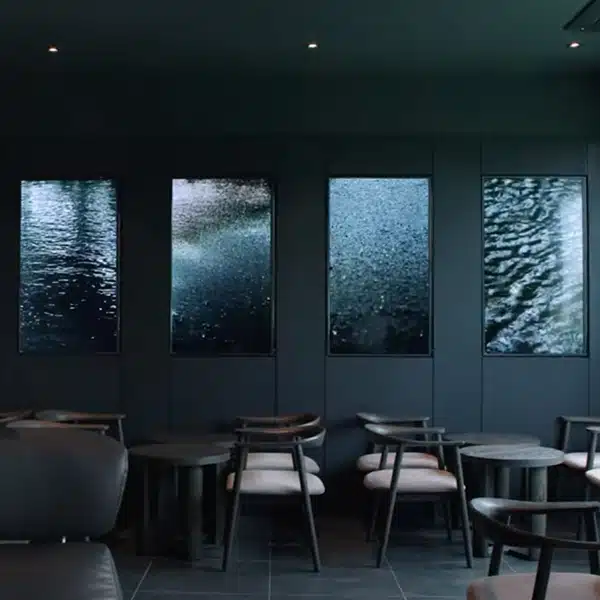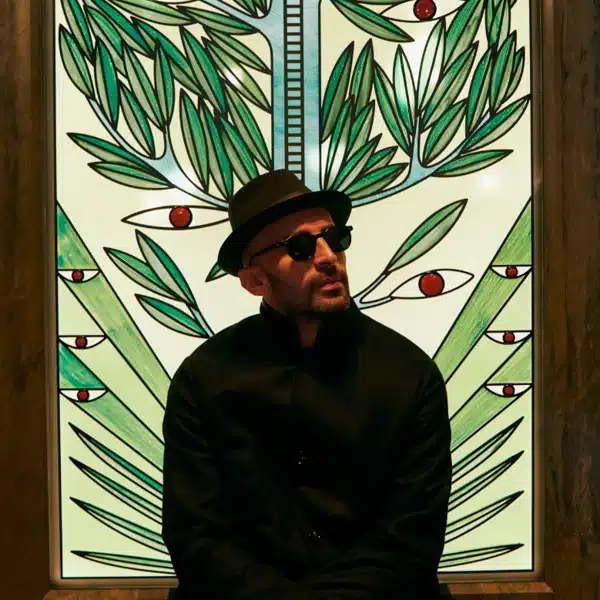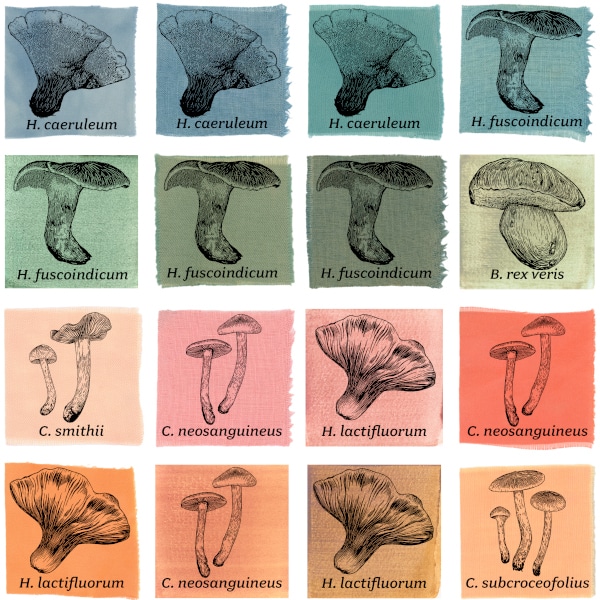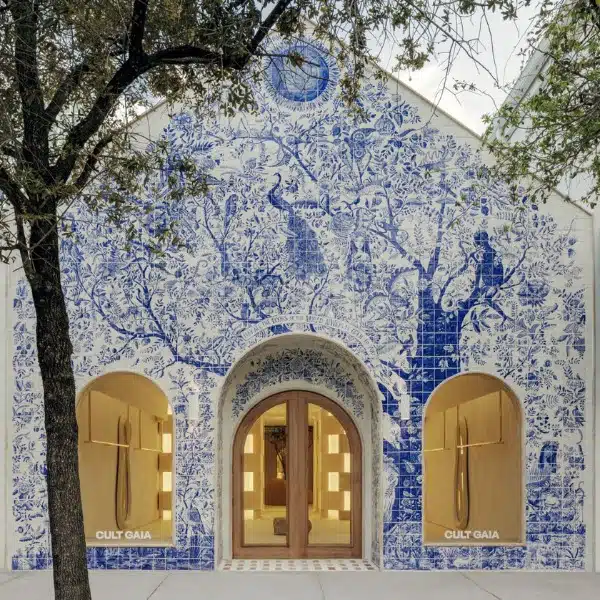
Belgian architect Vincent Callebaut's Asian Cairns project proposes a new look for China's urban environments, offering an eco-friendly alternative known as farmscrapers (in lieu of skyscrapers). With China's urbanized population growing, leaving fewer and fewer countryside inhabitants, there is an inevitable increase in energy consumption and, thus, an environmental concern. Callebaut's project seeks to restructure the city of Shenzhen by placing his innovative vertical farming towers as a positive response to the impending environmental issues.
Designed to mimic the appearance of a cairn, a trail-marking mound of stones, the six eye-catching towers in Callebaut's proposed project emulate a sense of nature. The multipurpose buildings combine rural and urban environments both in design and function. Each “pebble” in the residential and community structure serves a separate purpose. From concert hall spaces and shopping centers to gardens and agricultural sites, the sustainable towers offer a green solution to city dwelling.
Fully equipped with wind turbines, solar cells, and a means of growing organic vegetation, the primary purpose of Callebaut's project is to provide positive energy and lessen the human race's carbon footprint. The project states: “The challenge is to create a fertile urbanisation with zero carbon emission and with positive energy, this means producing more energy than it consumes, in order to conciliate the economical development with the protection of the planet.”







